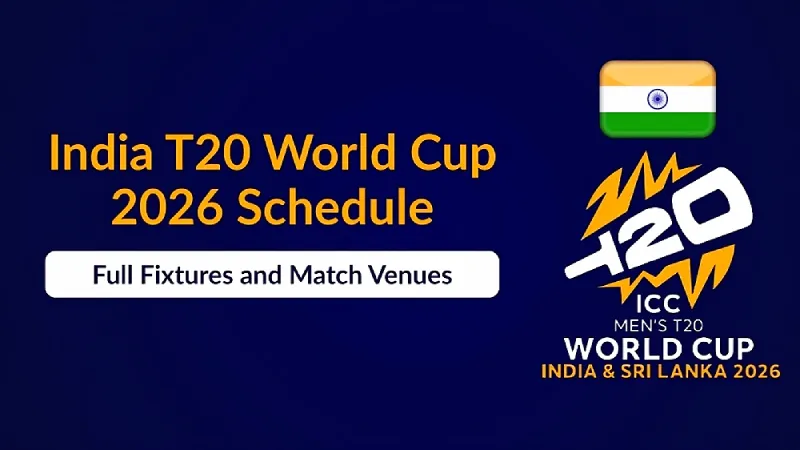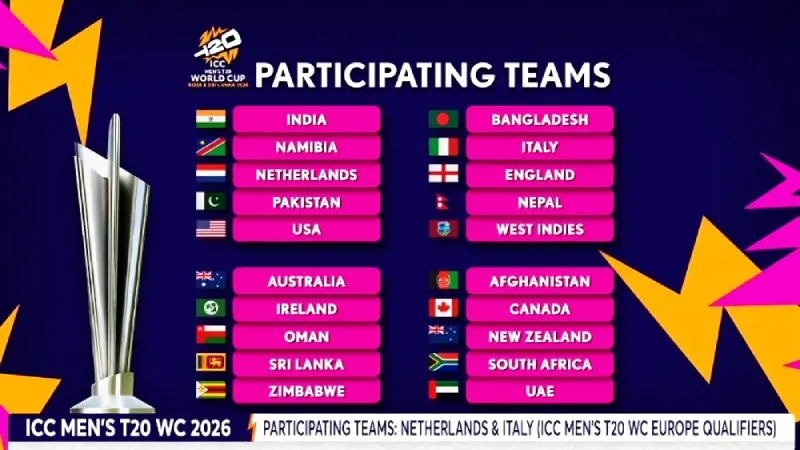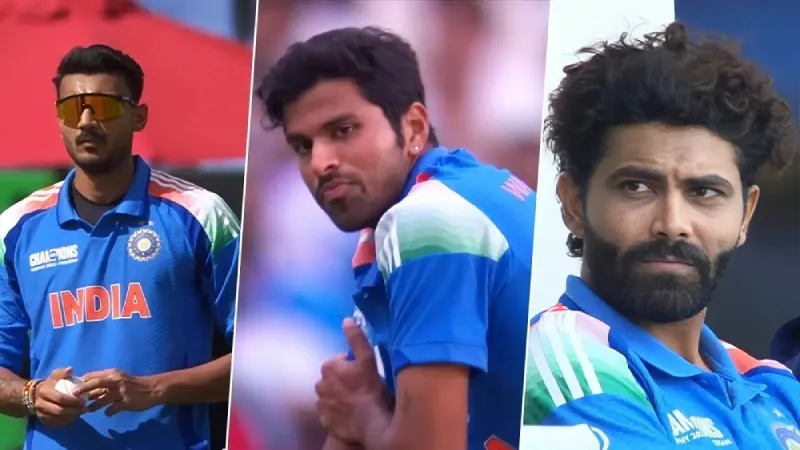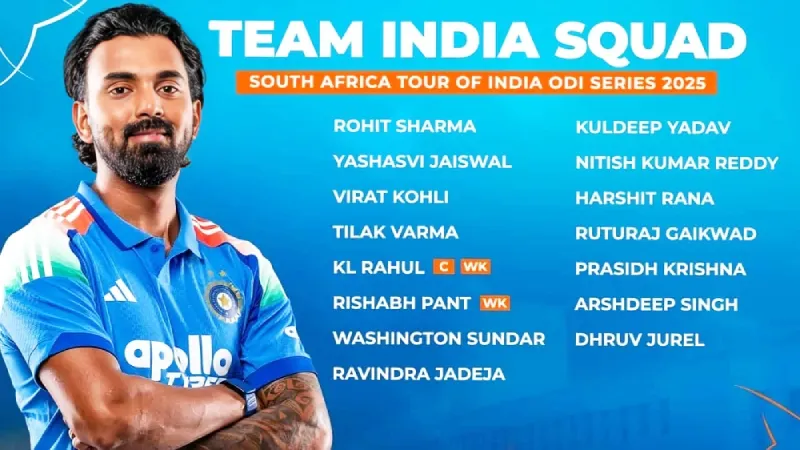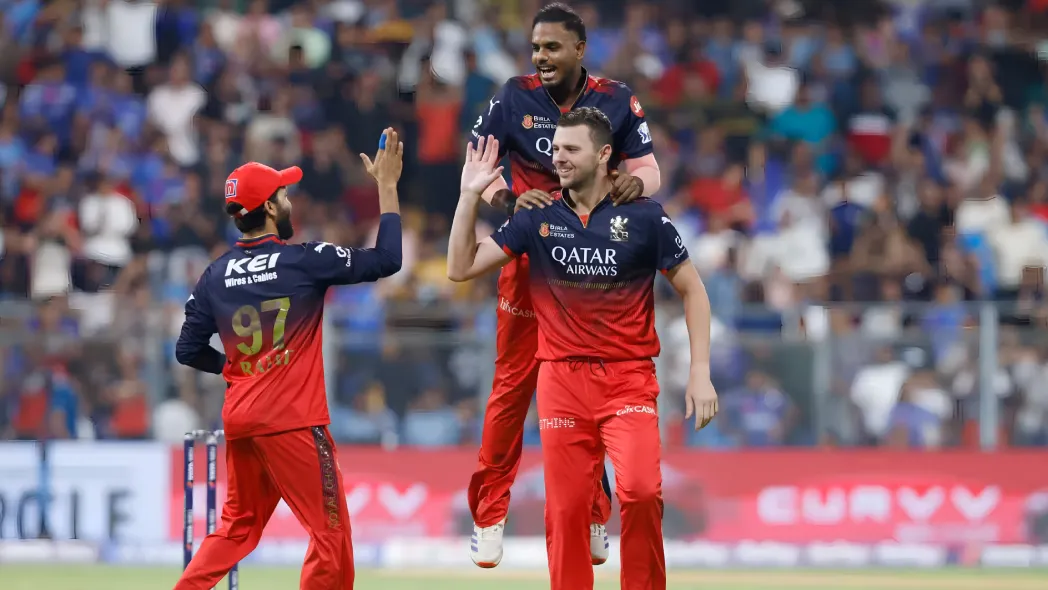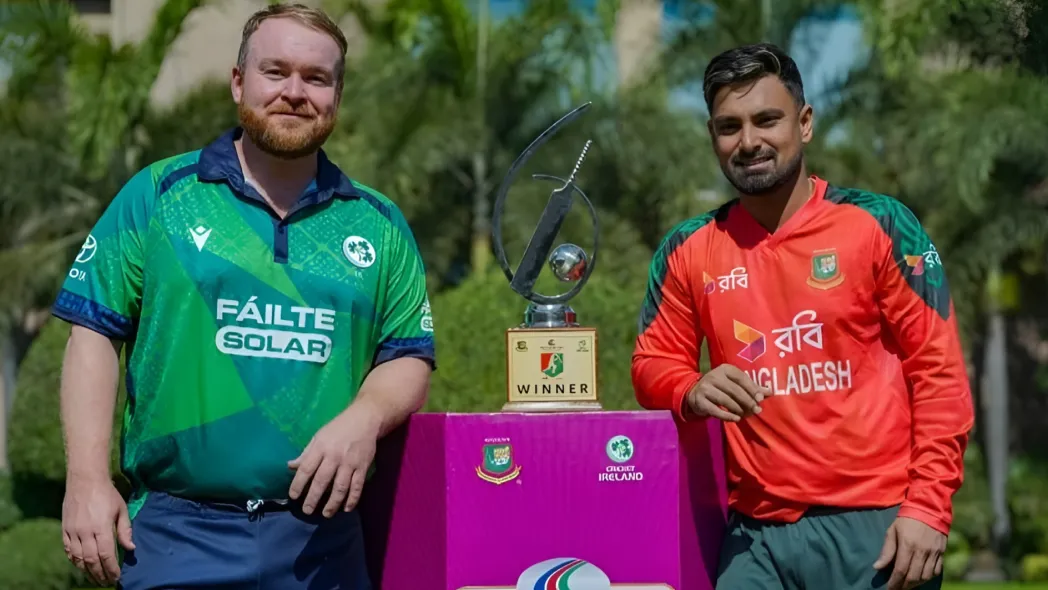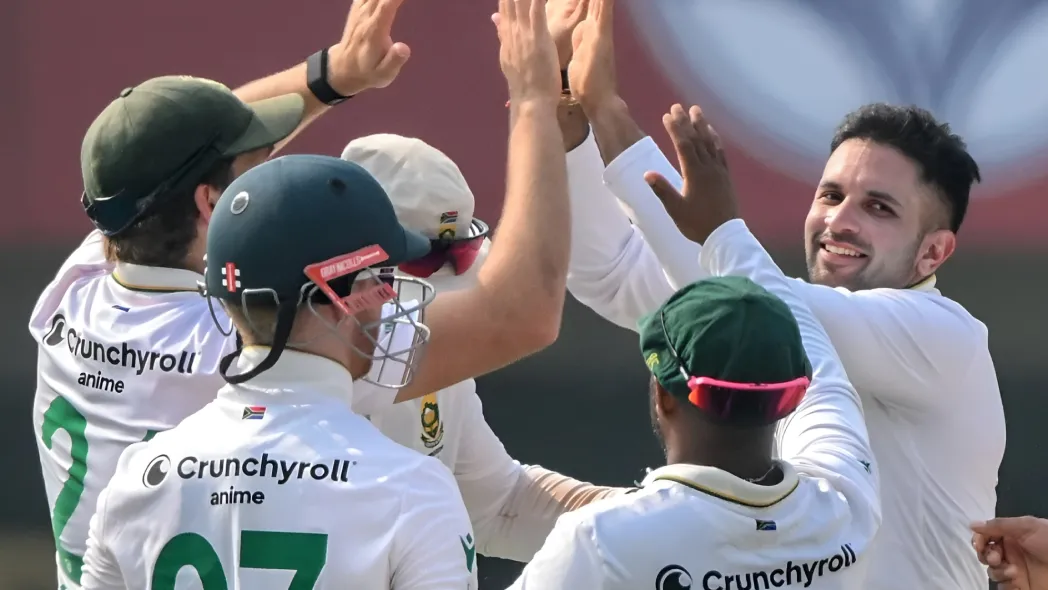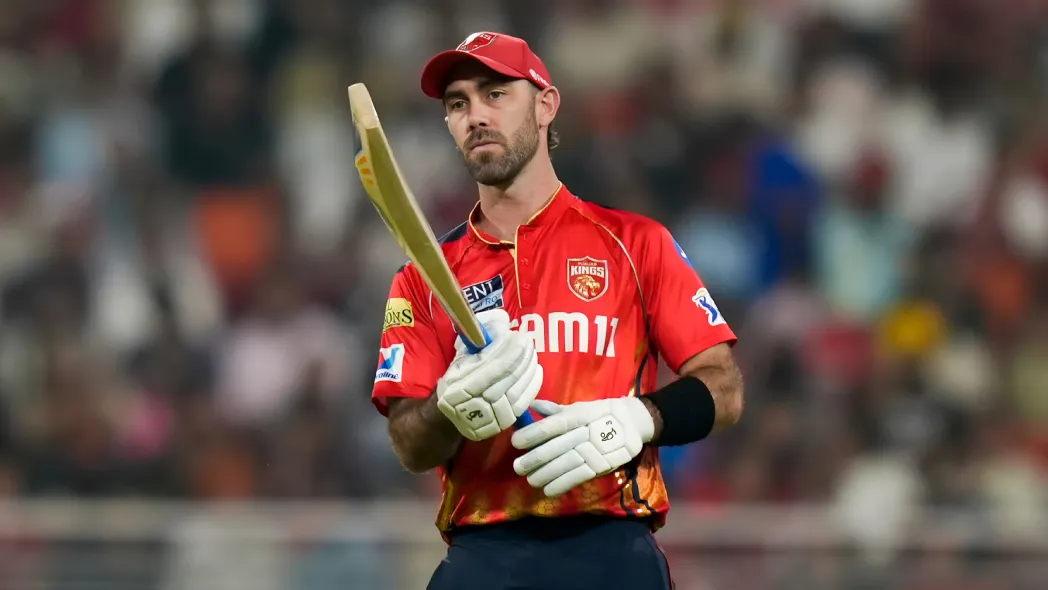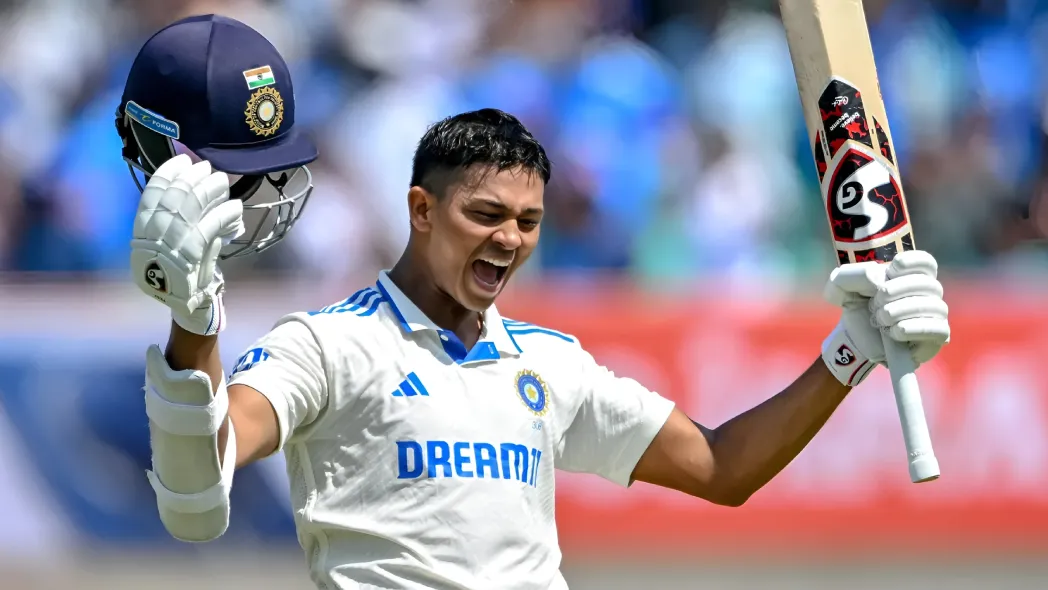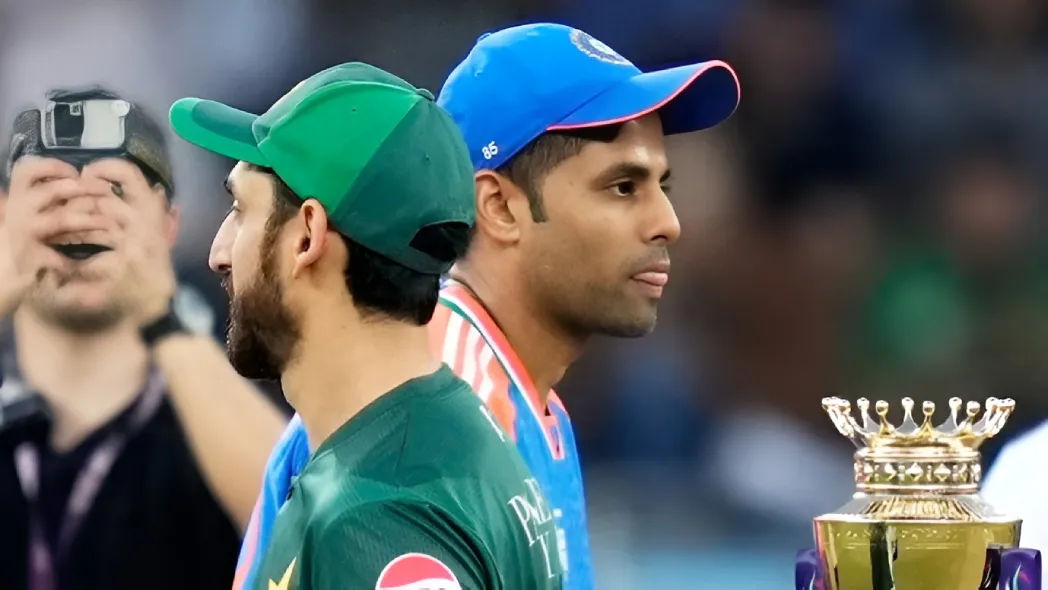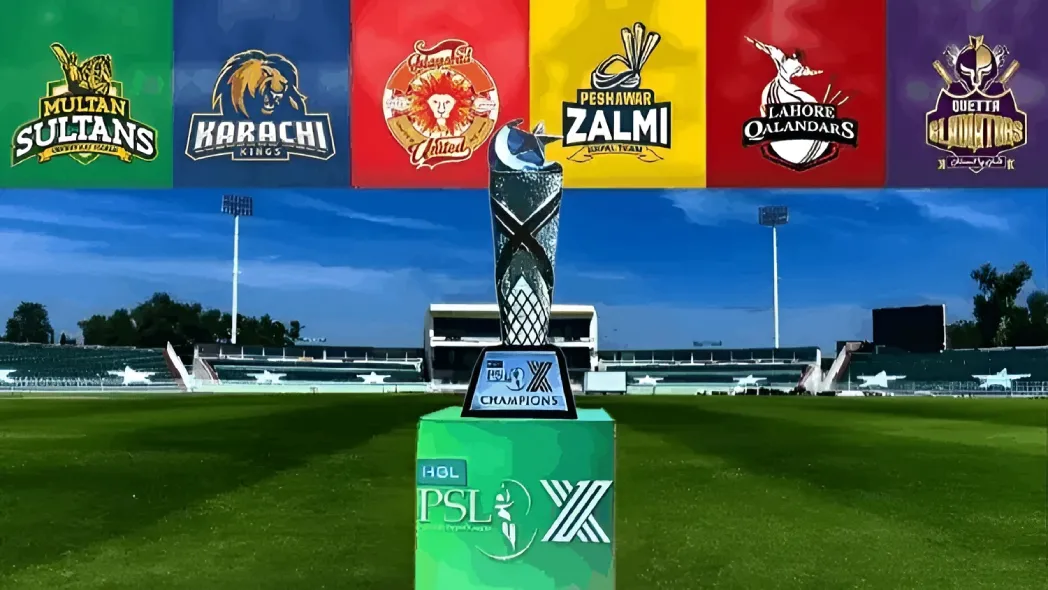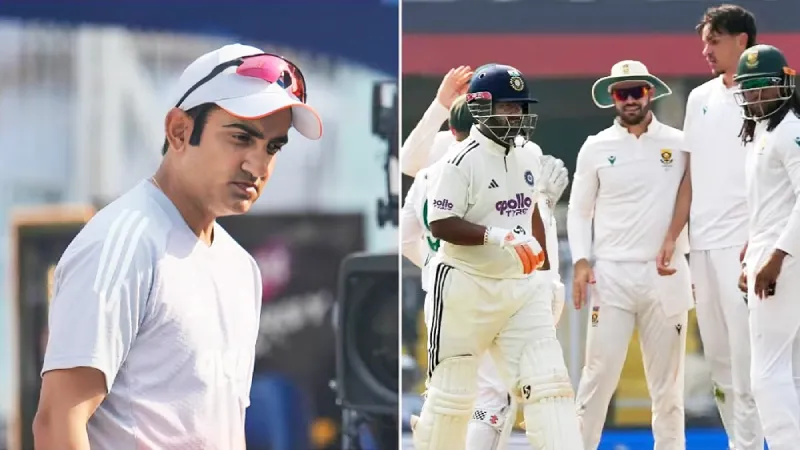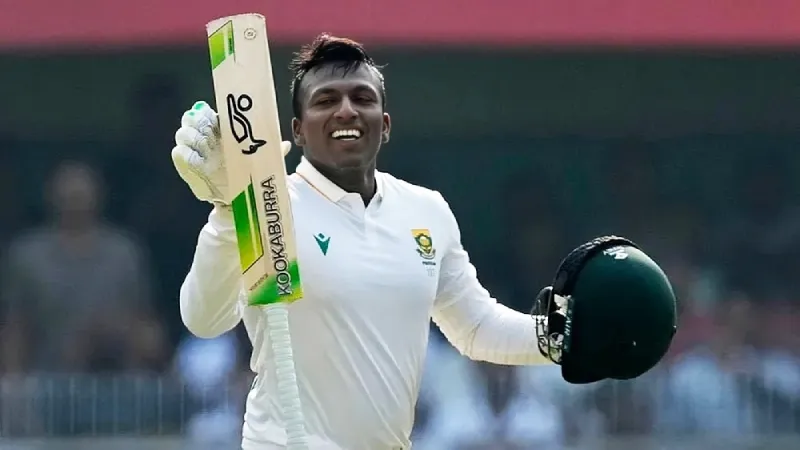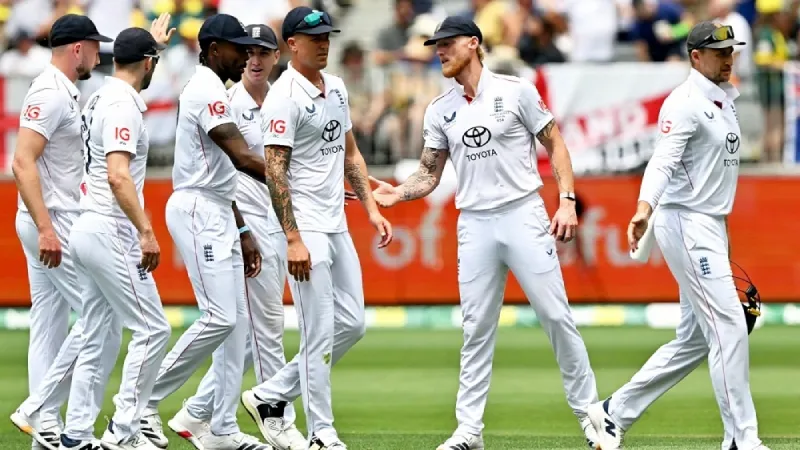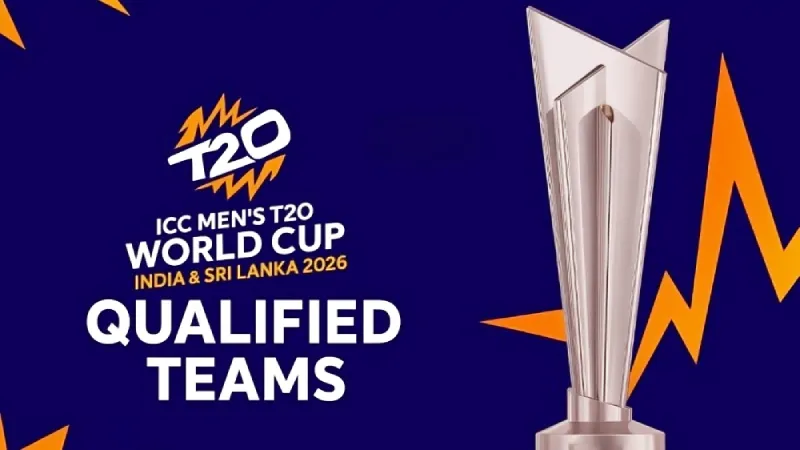There’s something beautifully ironic about the Arun Jaitley Stadium being at the heart of a T20 World Cup: a venue historically known for low-bounce skidders will now decide high-stakes modern cricket. And with the 2026 T20 World Cup returning to India and Sri Lanka from February 7 to March 8, Delhi’s schedule isn’t just a list of fixtures, it’s a roadmap hinting at group chaos, qualification drama, and one Super 8 clash that could tilt the entire tournament.
Six matches will unfold in the capital, beginning with the Netherlands vs Namibia on February 10 and stretching all the way to a Super 8 duel on March 1. India’s only fixture here is the February 12 evening clash against Namibia, which will be a floodlit test of temperament, dew, and Delhi’s unpredictable February chill. It’s a venue that historically rewards spinners early but becomes a pacer’s ally later in the night, making this slate of fixtures tactically rich and deceptively influential.
Spin-Friendly Openers Set the Tournament Tone
Delhi starts early 11 AM matches in February, when the pitch still carries that stubborn morning moisture. This is where Associate teams like the Netherlands and Namibia can squeeze out competitive totals simply by bowling tight stump-to-stump lines. With Group A featuring the USA, Pakistan, India, and the Dutch-Namibia combo, even one upset here can reshape the Super Eight race. And Delhi, with its reputation for two-paced surfaces, is the perfect setting for underdogs to trigger early tremors.
India’s Lone Delhi Night: A Strategic Dew Test
The India vs Namibia fixture (February 12, 7 PM) is more than a mismatch on paper; it’s India’s first tryst with dew in this World Cup. Since the 2016 edition, India’s biggest T20 stumbling blocks often come via evening conditions that neutralize their spinners. Dew in North India in mid-February is almost guaranteed. If India bowls second, their death-overs plans will be under scrutiny, especially against teams willing to swing hard without fear.
UAE’s Triple Assignment and What It Signals
Canada vs UAE, Afghanistan vs UAE, South Africa vs UAE, three UAE fixtures in Delhi aren’t random scheduling. The ICC places developing teams where pitch consistency aids learning, and Delhi’s rhythm of gentle spin + predictable lengths helps. The more interesting angle? These matches act as calibration points for Group D. South Africa’s February 18 clash could determine whether they top the group or slip into a messy Super Eight equation.
A Super 8 Duel with Knockout Implications
Match fifty one- x2 v s x4 – on march first- in terms of the delhi experience – this will be where the delhi experience will be elevated beyond simply hosting group level battles as the pitch will be a strategic turning point – by the time this match takes place the pitch will have been used for 5 matches and expect the pitch to slow down which should encourage teams to include an additional bowler who can turn the ball. Whether that be a subcontinental team or a pace attack-heavy team (such as South Africa or New Zealand), this could well force them outside of their comfort zone. Delhi historically punishes a lack of flexibility.
Crowd Energy, Climate, and the February Variable
Delhi in February is neither winter nor spring, cool afternoons, nippy evenings, and a slight breeze. Spinners love it, quick bowlers love it more, and batters tolerate it. Evening matches attract heavy crowds, and India’s fixture will turn the stadium into a carnival. But the afternoon games? Those will feel like tactical chess battles played in half-filled silence, often where upsets gestate.
Key Takeaway
Delhi won’t host the biggest games, but it may create the biggest consequences.
FAQs
- What makes Delhi important in the T20 World Cup 2026?
Its pitch variations, morning-afternoon timing mix, and one major Super 8 clash make it a tactical hotspot.
- Why is India playing only one match in Delhi?
Scheduling balance across eight venues means each host city features a spread of group fixtures, with Delhi allocated one India game.
- How could Delhi influence the Super Eight qualification?
Upsets in early Group A & D matches here could reorder standings and decide who progresses.
Disclaimer: This blog post reflects the author’s personal insights and analysis. Readers are encouraged to consider the perspectives shared and draw their own conclusions.
Step into the world of cricket with JeetBuzz News—where expert opinions, trending Blogs, and behind-the-scenes insights meet all your favorite topics. Stay informed, stay entertained, and never miss the stories shaping the cricketing world—only on JeetBuzz News!

